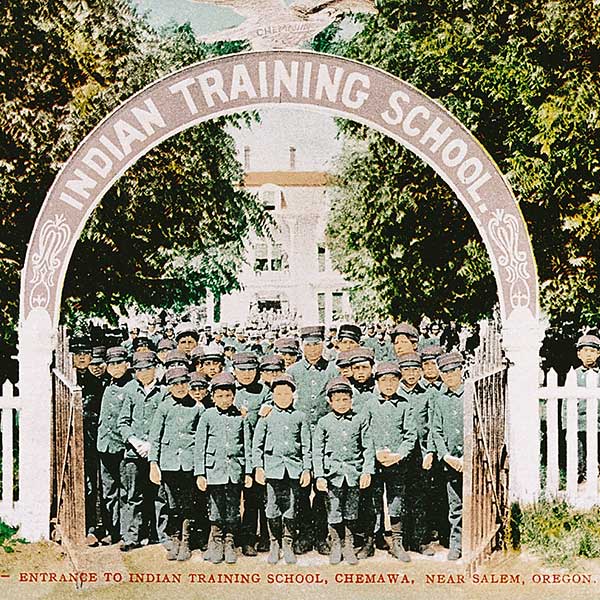Filter Exhibitions by...
Show by Art Type
- Bilingual/Spanish
- Ceramics
- Craft
- Design
- Digital Art
- Family Friendly
- Fine Art
- History
- Humanities
- Illustration
- Intergenerational
- Literature
- Multimedia
- Music
- Native and Indigenous Art/Culture
- Painting
- Photography
- Popular Culture
- Printmaking
- Science & Ecology
- Sculpture
- Social Justice
- Sports
- Textile Arts/Fiber Arts
- Video and Film
-
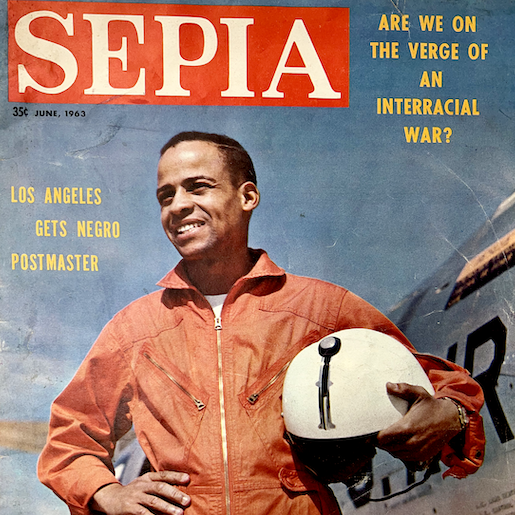
People Who Make the World Go ‘Round: The Legacy of Sepia Magazine
Charting the legacy of Sepia magazine, the exhibition highlights the role of photo-based magazines, changes in printing technology, and how the political landscape shaped Black-interest photojournalism while emphasizing Sepia’s distinct style and audience in contrast to Ebony and LIFE.- Family Friendly History Humanities Intergenerational Photography Popular Culture Printmaking Social Justice Sports
- MediumPremium
- 7 Weeks
-
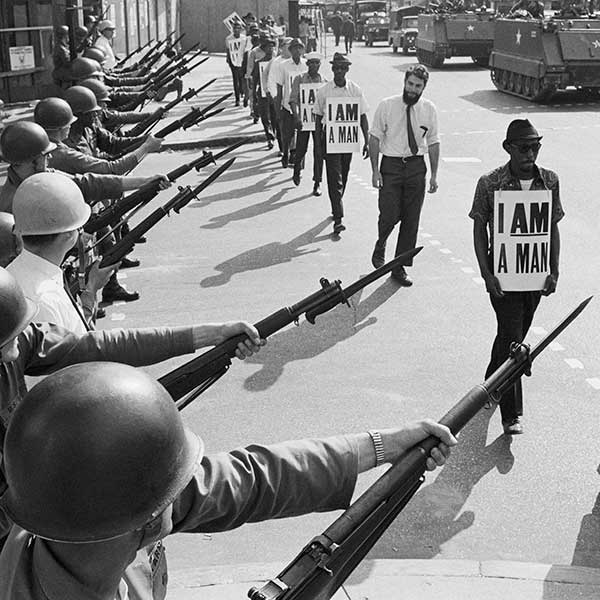
I AM A MAN: Photographs of the Civil Rights Movement, 1960–1970
I AM A MAN: Photographs of the Civil Rights Movement, 1960–1970 displays a wide range of photographs taken by amateurs, local photojournalists, and internationally known photographers. Together, they provide a vivid visual story of the evolution of the civil rights movement and shed light on the movement’s integration in the daily living in the American South.- History Photography Social Justice
- Medium
- 7 Weeks
-
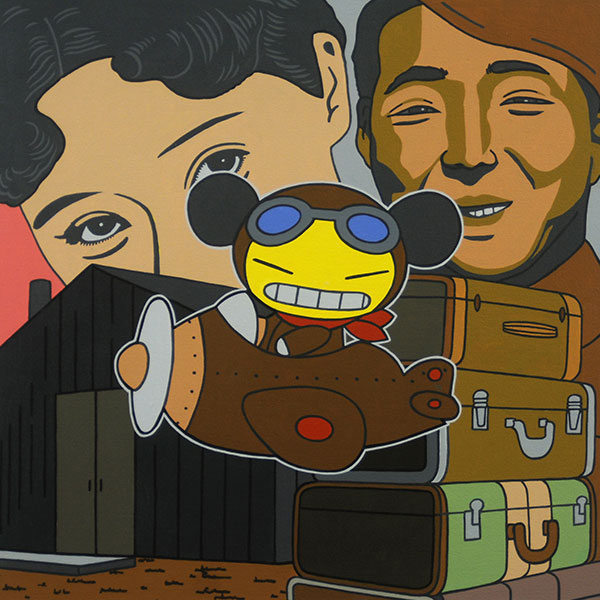
Resilience—A Sansei Sense of Legacy
Told from the point of view of Sansei (third generation) Japanese Americans, Resilience—A Sansei Sense of Legacy is an exhibition of eight artists whose work reflects on the effect of Executive Order 9066 as it resonated from generation to generation.- Fine Art History Humanities Intergenerational Multimedia Social Justice
- Premium
- 10 Weeks
-
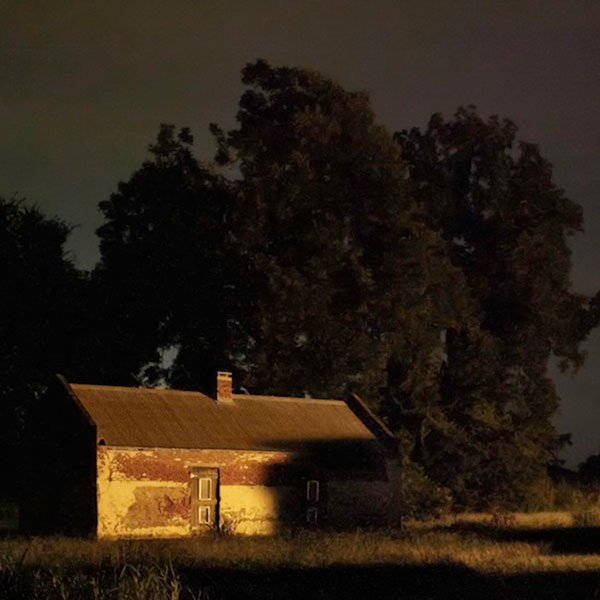
Through Darkness to Light: Photographs Along the Underground Railroad
Photographer Jeanine Michna-Bales has spent more than a decade meticulously researching “fugitive” slaves and the ways they escaped to freedom. The path she documented encompasses roughly 2,000 miles and is based off of actual sites, cities, and places that freedom-seekers passed through during their journey.- History Humanities Photography Social Justice
- Medium
- 7 Weeks
